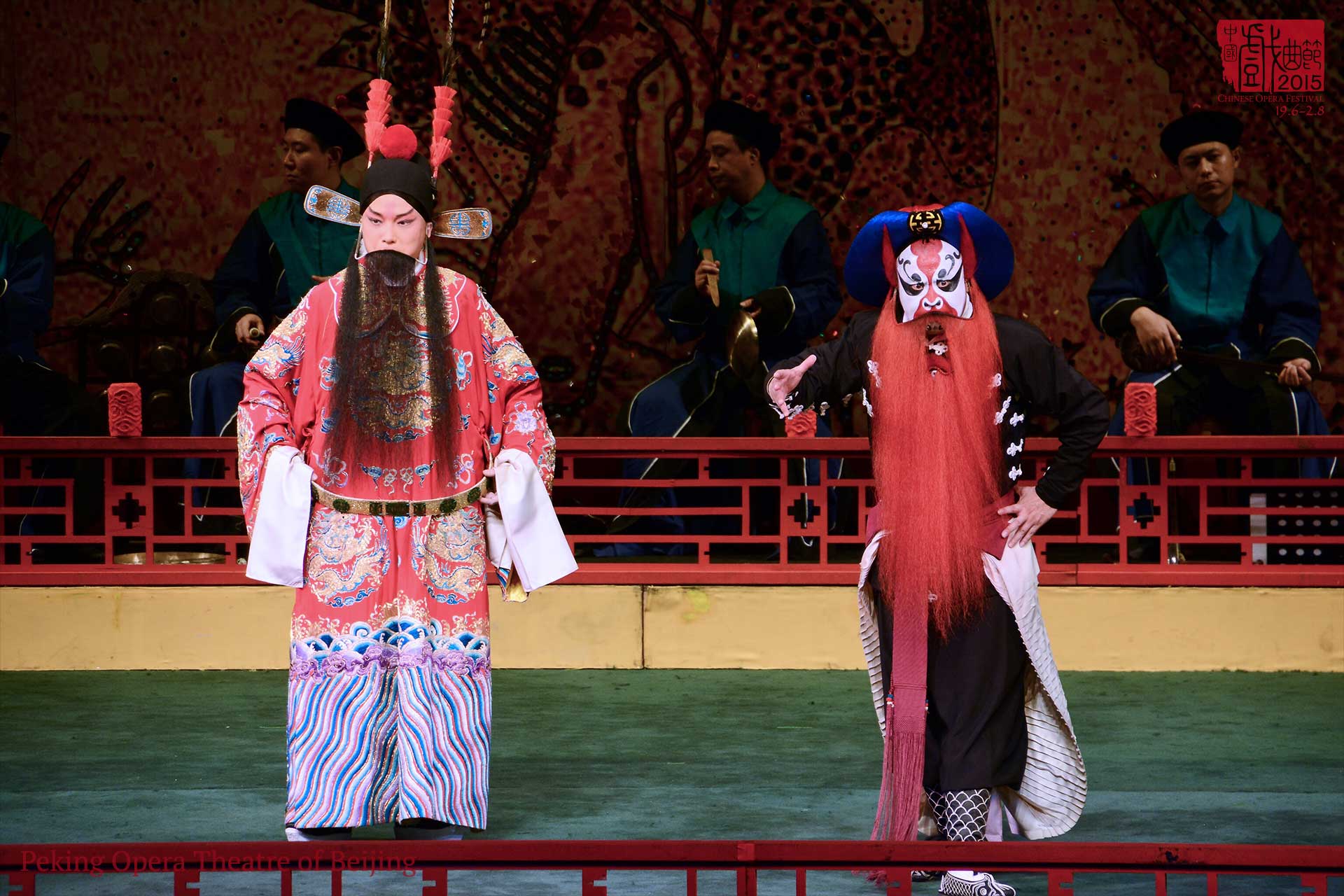
Such actors became known as nandan, where nan means “male” and dan refers to traditionally female theatrical roles.Īlthough much Ming- and Qing-era art centered around the female ideal, in drama circles nandan culture came to be seen as the truest test of a male actor’s prowess.

Consequently, all-male troupes needed to cast certain men as women. But even in plays with mostly male protagonists, for example, there were usually a handful of female roles, too. At the time, imperial government decrees prohibited women from participating in, and even watching, operatic productions. The Qing Dynasty, which lasted from 1644 to 1911, witnessed the rise of Peking opera, now considered a high watermark of Chinese culture. Because it was considered improper for a man to appear onstage with a woman, opera troupes commonly employed either all-male or all-female casts. During the Ming and Qing dynasties - two periods in which Chinese opera flourished - society controlled interactions between men and women much more strictly than today. Theatrical cross-dressing has roots in the restrictive gender norms of imperial Chinese society. Frequently, it also carries implications of same-sex romance. Dressing up as the opposite sex often serves as a metaphor for the loss of one’s identity or for gender dysphoria.

In traditional Chinese opera, cross-dressing is common practice, with male actors performing female roles and vice versa.


 0 kommentar(er)
0 kommentar(er)
